I want to make a cheap wideband oscillator for an antenna analyzer I'm designing. I want a simple sine wave over a wide frequency range. I don't want to use a DDS IC like the AD9851 because it's expensive and feels like overkill.
I was looking at the SI5351A, which will generate a 50 ohm square wave clock up to 200 MHz.
I'd like to convert that square wave output into a sine wave over the range 1 MHz - 200 MHz. What is the simplest and cheapest way to do this?
Two ideas that come to mind are
- Two cascaded op-amp integrators, using an OPA355 or something
- A series of low pass filters that filter out everything but the fundamental, spanning the entire frequency range. For example filters with cutoffs of 2, 4, 8, 16 ,32, 64, 128, and 256 MHz? The correct filter would get switched to by an 8-port analog switch as the frequency rises. This seems like a lot of filters, but all these components are purely passive and would have relatively loose tolerances.
Does the approach of using a clock generator IC make sense? If so which of these filters make the most sense to convert the output to a sine wave? Thanks.
